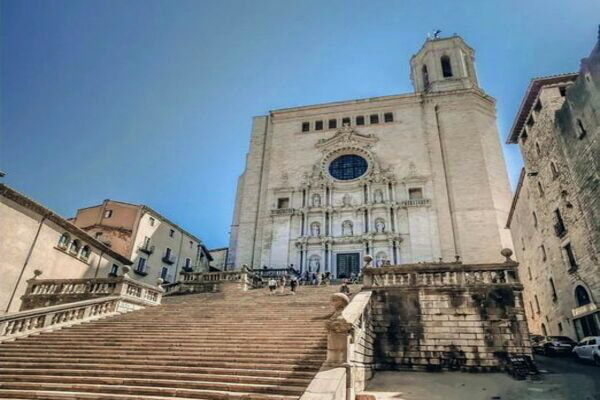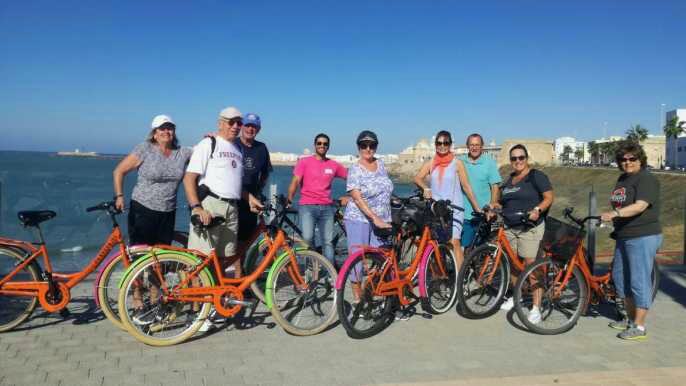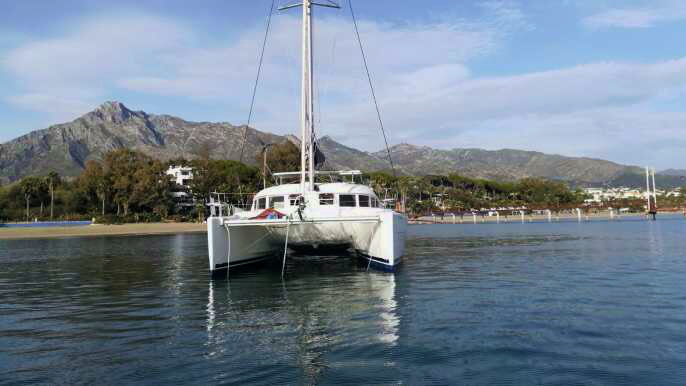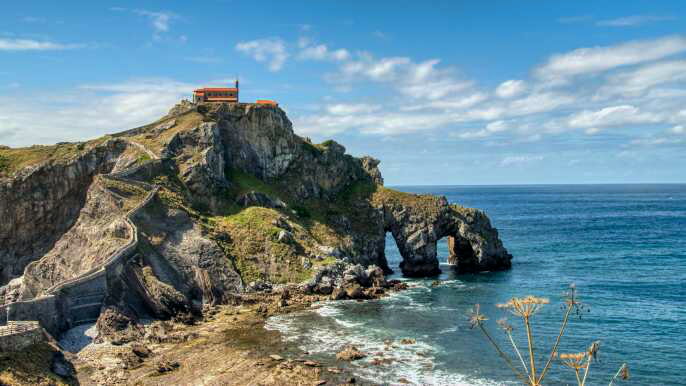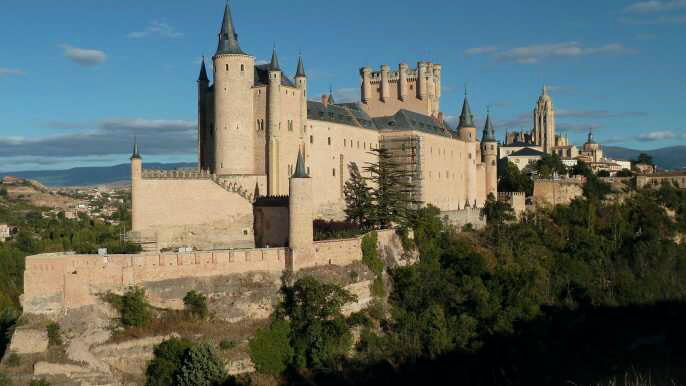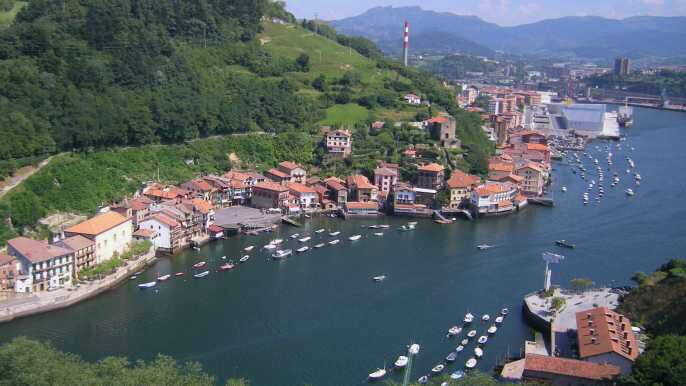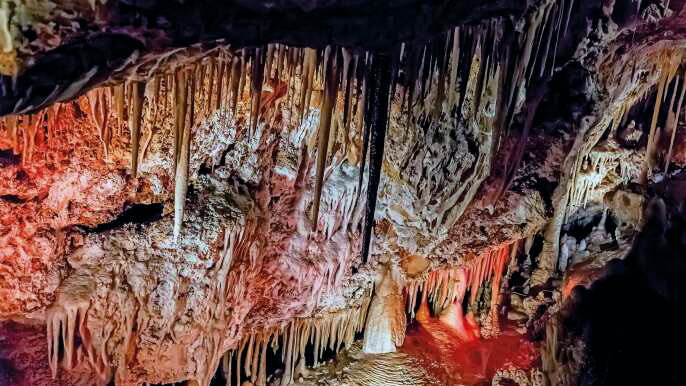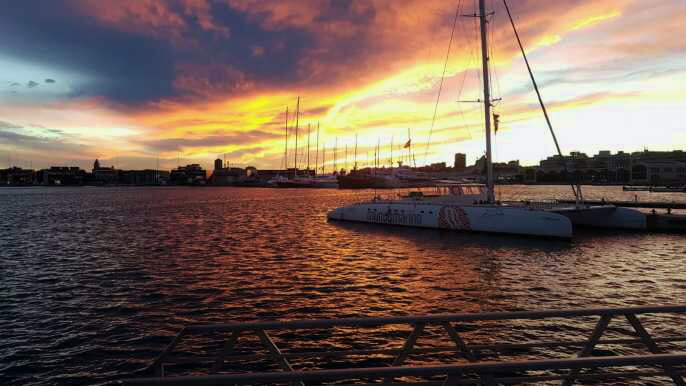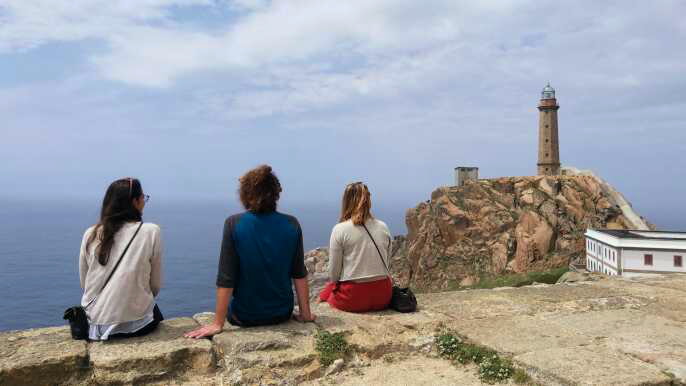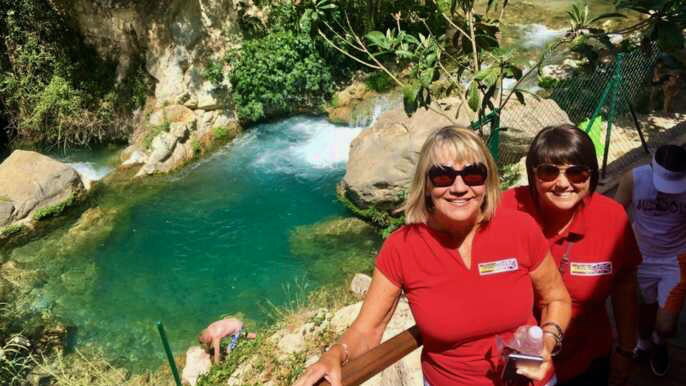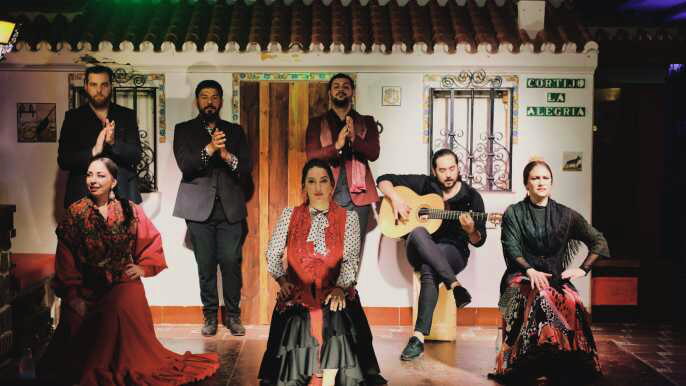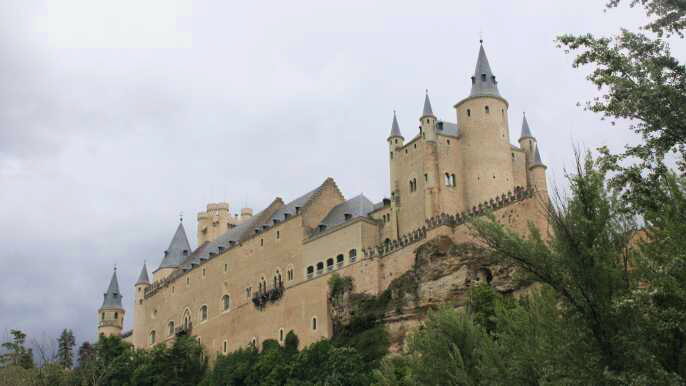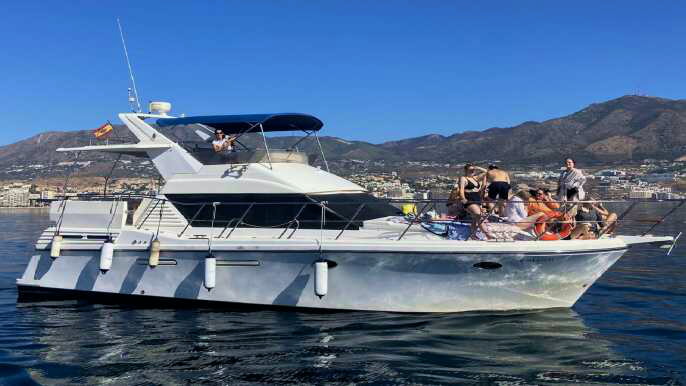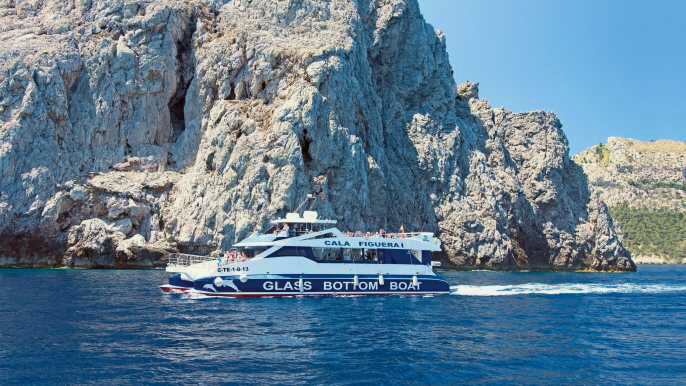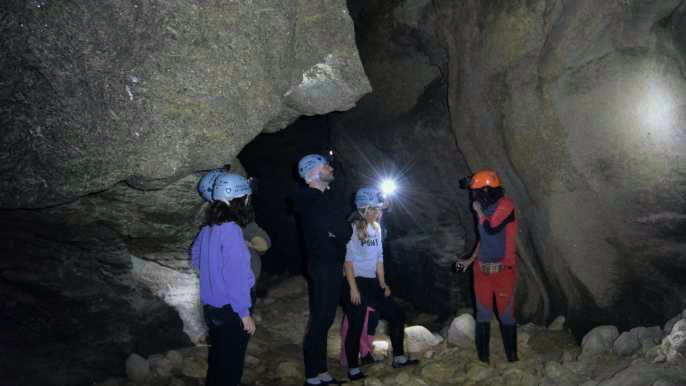Located in the northeastern region of Catalonia, the city of Girona is known for its medieval architecture and walled Old Quarter. It is also renowned for the Roman remains of the Força Vella fortress.
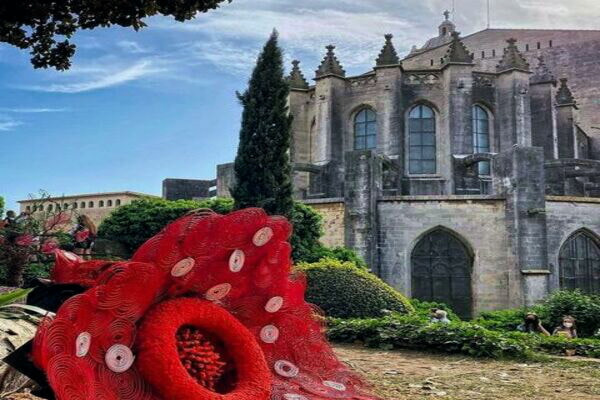
Old City
Located between the Iberian Peninsula and France, Girona is an historical fortress city with a wealth of cultural heritage. Despite its small size, it is home to some of the best architectural and artistic treasures in the region. The city has been around for hundreds of years and its old fortress walls still encircle the city.
Girona's Old City is built on a hill. It has a number of squares that act as hangouts for locals and tourists. The most famous square is the Independence Square. It features a monument honoring those who defended the city in 1809. The city is also home to many cafes, shops, and restaurants.
Another of Girona's main squares is the Placa de Catalunya. It is a smaller square than the Independence Square, but it has a number of cafes and shops.
One of the most famous attractions in Girona is the Cathedral of Santa Maria. It was constructed between the 11th and 18th centuries and features a wide Gothic nave. It also includes a light-filled cupola. There is a nominal entry fee. You can also take a guided tour of the cathedral.
If you want to enjoy a quiet walk, head to the Parc de la Devesa. This large city park is home to a number of benches and walking trails. It also features a central round fountain. It is ideal for picnicking.
Another place to see is the Arab Baths. These historic baths were inspired by the Romans and were built in the 12th century. They have a central round fountain and elegant thin columns decorated with capitals. It also includes a tepidarium and apodyterium.
Jewish quarter
Known as El Call in Spanish, the Jewish quarter of Girona is one of the oldest, most well-preserved in Europe. The quarter is located in the heart of the Old City, also known as the Forca Vella. The Jewish Quarter has been a major influence on Girona's architecture, culture, and gastronomy.
The Jewish Quarter was home to three synagogues and a Jewish community of about 1,000 people during the Middle Ages. The community owned properties in Mercadal, al Mercadell, and the Ballesteries street. The Jewish community also had a number of mills in the Mercadal area. In 1207, the community had an extension of virgin land in the northern part of the city.
In the 14th and 15th century, the Jewish community in Girona was forced to convert to Catholicism. They were forbidden to live outside the Jewish neighborhood. The monarchs also imposed high taxes on them.
Today, the Jewish Quarter is one of Girona's most visited areas. Visitors can enjoy the architecture of the area, which is a mix of medieval buildings and modern structures.
The area is full of narrow stone alleyways and courtyards. Many of these alleyways are lined with charming stone stairs.
The Museum of Jewish History is housed in a former synagogue. This small museum offers information on the Jewish community in medieval times. It also displays medieval tombstones from Montjuic. The museum is open from 10 am to 6 pm on weekdays, and is closed on Sundays.
Castellfollit de la Roca
Located in the heart of Catalonia, Castellfollit de la Roca is one of the most picturesque villages in Spain. Its historic centre is perched on a cliff ledge and is bordered by a spectacular basalt rock cliff. It is one of the best places in Spain to take photographs.
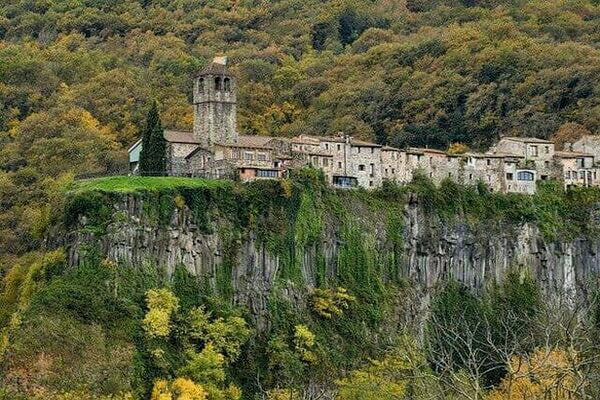
Castellfollit de la Roca's old part dates back to the Middle Ages. The village was built on top of a basalt cliff, a result of volcanic eruptions over 100000 years ago. It has two rivers, the Fluvia and the Turonell, which slowly eroded the surrounding rock.
The town's other landmark is its church, which was built on the cliff's face in the 13th century. It has been destroyed and rebuilt several times over the years, but now it has been restored. The cathedral dome is decorated with small pilasters and there are reused basalt ashlars throughout the cathedral.
Located just nine kilometers away from Olot, Castellfollit de la roca is a great day trip from the Catalonia capital. Four buses depart daily from Barcelona to Castellfollit de la roca. TEISA also runs more frequent buses from Girona.
The village is also home to the "Old" Church of Sant Salvador, which dates back to the 13th century. It has been restored and is open for climbing the tower. It is usually open for tours.
The village is located within the Garrotxa Volcanic Zone, which features forty dormant volcanoes. Visitors can also take a balloon flight from Santa Pau.
Passeig de la Muralla walking route
Located on top of the ancient city walls of Girona, the Passeig de la Muralla is a 3-kilometer walking route that offers amazing views of the city. It begins at the plaza de general Marva and ends at the Monastery of Sant Pere de Galligants.
The Passeig de la Muralla features several towers along the route. You can climb them for better views of the city. You can also duck off the walls to explore more of the city.
The city walls of Girona date back to Roman times. They were expanded and renovated in the Middle Ages. The eastern portion of the city walls was restored in the 19th century. The other portions are not completely restored.
If you would like to see the city walls of Girona, you can take a guided tour. These tours are free. The tour includes Girona Cathedral and the Jewish quarter. You can also climb the towers on the city walls for better views.
For a more intimate experience, you may want to explore Girona on a small-group day trip. These tours include hiking in the medieval quarter of Girona, discovering the Jewish quarter, and taking in the sights of the city. They also include a delicious lunch or dinner.
Girona has been a location for several episodes of the TV show Game of Thrones. If you're a fan, you should consider taking a tour of Girona to see where the scenes were filmed.
Dalmau and Rigau houses
Among the most beautiful places to visit in Girona are the Dalmau and Rigau houses. These houses are decorated in citrus colors and sit along the city wall. They are the work of architect Joan Roca Pinet.
One of the most interesting places to visit in Girona is the Monastery St. Daniel, which has cloisters dating back to the 11th century. It also has the remains of St. Daniel and is now a museum.
Other places of interest include the Cathedral of Girona, which is one of the largest single-nave temples in the Old World. It is decorated with 12 apostle statues and has a beautiful interior.
The old part of Girona is divided into several levels, and includes archaeological sites, sculptures, and an old fountain. The city centre also has a Jewish quarter called El Kal, which is considered to be one of the best preserved Jewish quarters in Europe.
Another place to visit is the Casa Palau de Agullana, a 16th-century building that is an example of Catalan civil architecture of the middle ages. It is now a cultural center called CaixaForum Girona.
Another place to visit is La Planeta, a cafe-theatre building that was once a factory for Catalan espadrilles. It has a diaphanous hall and original Catalan vaulting. The building later served as a garage for the coach company Sarfa.
Another interesting place to visit is the House of Maso, which was the home of Catalan architect Rafael Maso. He was a great admirer of Gaudi. His works are found all over Girona and surrounding areas.
Rambla de la Llibertat
Known as La Rambla, the main street of Girona is the city's main commercial center. It runs parallel to the Onyar River and has shops, restaurants, and cafes. This street is also known for its wide variety of outdoor patios. There is also a flower market every Saturday, so be sure to stop by to see all of the flowers.
Originally, La Rambla was a wide square. But over time, it became a narrow street that led to the Pont de Pedra. In the 18th century, it became the main street for the market. It is also the oldest street in Girona. In fact, its name is derived from the Arbre de la Llibertat, a Freedom Tree planted in 1869.
Among the interesting buildings along Rambla de la Llibertat are the Monastery of Sant Pere de Galligants, a Benedictine abbey. It is on the highest point of the Girona Wall, and it features Gothic and Renaissance cloisters. It is also home to the Archeological Museum of Catalonia.
Rambla de la Llibertat is also home to the city's best restaurants. It is filled with patios and outdoor tables, and it is a popular place for people to hang out. It is also the place to get appetizers.
The Girona Jewish Quarter is one of the best-preserved in Europe. Its narrow streets are filled with hidden courtyards. It also retains the medieval essence of the city.


